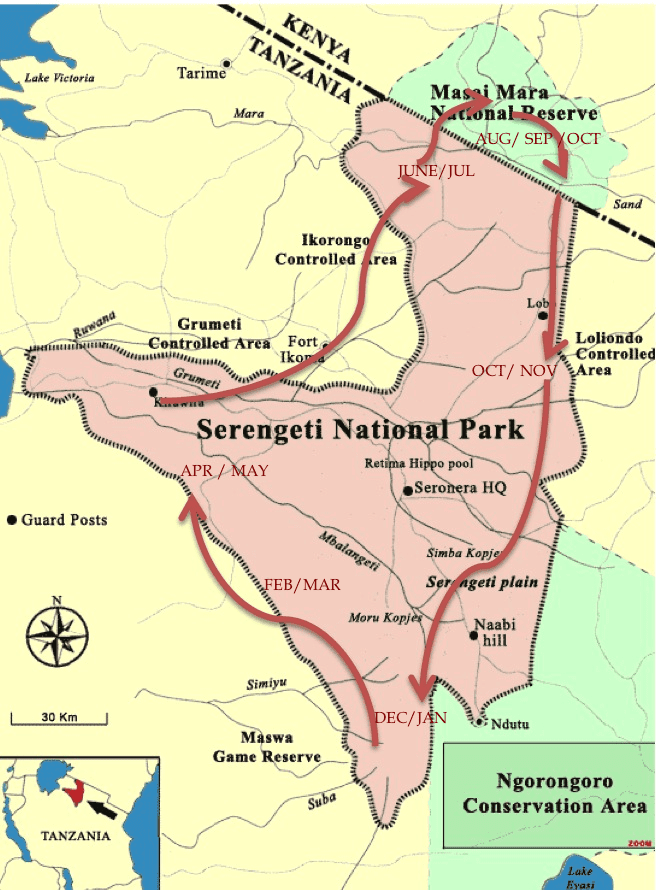When and Where Does the Wildebeest Migration Happen?
Every year the plains of East Africa are home to one of the world’s greatest wildlife spectacles, the migration of 1.4 million wildebeest and hundreds of thousands zebra and gazelle, tracked by Africa’s great predators. The migration is often described as a set circuit that occurs between Tanzania’s Serengeti plains in the south and Kenya’s Maasai Mara in the north between May and December each year but the reality of the migration is much more complex. At a most basic level the migration is driven by the rain and the new grass that follows it. Given this unpredictability here are broad guidelines:
Between December and April the wildebeest are on the short grass plains in the Ndutu area in the southern Serengeti but depending on the local rainfall they might in a much wider area between Ndutu and the Ngorongoro Conservation Area (just southeast of Serengeti National Park but not inside Ngorongoro Crater itself). During this time, typically in February, wildebeest mothers give birth to more than 500,000 calves in a 2-3 week period. Within 10 minutes of birth wildebeest calves are on their feet.
In April and May, the rains stop and the plains in the south and east of the Serengti dry out. This shift causes the herds start to moving to the north and west where there is more grass and more dependable water. During this period not all the wildebeest and zebra follow the same route some travel further west than others who head northwest. This means that, part of the Migration will head to the Western Corridor and the Grumeti River before proceeding north and large numbers may also go up through the Loliondo area or through the Seronera area and into Lobo.
June to October is a transitional period between the rains and the dry season. As they concentrate on the few remaining green patches of savannah, the huge herds reform and push further north towards the Maasai Mara. Between July and August the wildebeest move into Kenya’s Maasai Mara crossing the Mara River in large numbers.
Iconic Wildebeest River Crossings
It is these crossings between June and October that generate some of the iconic images of the migration but catching a river crossing in action is a challenge. The area where the crossings occur is vast, even traveling by car and even if you find a group of animals at the edge of the water they are cautious (and stupid) and may not cross for an hour or a day because of real or imagine threats. Although rare and elusive, if you are lucky enough to catch a river crossing its guaranteed to be the unforgettable experiences as a herd which has stood at the water’s edge suddenly crosses in a panicked mass,struggling to get to the other side of a crocodile filled river.

As with the other stages of the migration, the exact timing of the crossing into the Mara is hard to predict and depends on the rains. In a dry year, the first wildebeest could be near the Mara River in early July; in a wet year, by mid-August. If there is plenty of grass and water, the herds may be spread out all the way from Seronera to the Mara River. In addition, it is often the case that the whole Migration may not move into Kenya. Many animals remain in the Northern Serengeti or cross and re-cross the Mara and the border between Kenya and Tanzania several times following periodic rain showers. This carries on until October/November when the animals in Kenya begin moving back into the Northern Serengeti. Between November and December many will move south within the Serengeti to the breeding and calving grounds where they spend December through March.
It is important to remember that the whole migration is millions of animals and is never in one place at one time, they cover a huge area. As a traveler you can be in a region where the migration has supposedly passed or has yet to arrive and still see thousands of animals. I have seen thousands of wildebeest in the Southern Part of the Serengeti in January.
Migration Viewing Tips
World class safari guide Richard Knocker puts it best when he says “the Migration is not a continuously forward motion. They go forward, backwards, and to the sides, they mill around, they split up, they join forces again, they walk in a line, they spread out, or they hang around together. You can never predict with certainty where they will be; the best you can do is suggest likely timing based on past experience, but you can never guarantee the Migration one hundred percent.”
Given all this complexity, here are recommendations that will give you a great chance to see the migration. These recommendations reflect where wildebeest tend to be at a given time of year and although they are based on years of experience, they are estimates! Nature unfortunately doesn’t always align with our vacation schedules.
Summary of Wildebeest Migration
- December to April: Southern Serengeti
- May and June: Grumeti Reserve, Tanzania and Central Serengeti
- Late June to Mid-July: Northern Tanzania
- Mid-July through September: Kenya, Maasai Mara
- October: The migration is starting to work its way back to Tanzania so there will be plenty to see in the southern Maasai Mara in Kenya and in Northern Tanzania
- October and November: Northern Tanzania
Where Should I Stay to See the Migration?
May and June: Tanzania
Grumeti Reserve: Singita is out top choice and definitely the most luxurious option in all of Eastern Africa. Within the reserve Singita offers three luxury lodges, Sasakwa Lodge, Faru Faru Lodge and Sabora Tented Camp. In addition they have just added the brand new Singita Explore mobile camp. Unfortunately in the Grumeti area there are not that many mid-priced options, Kirawira is probably the best option if your trying not to break the bank.
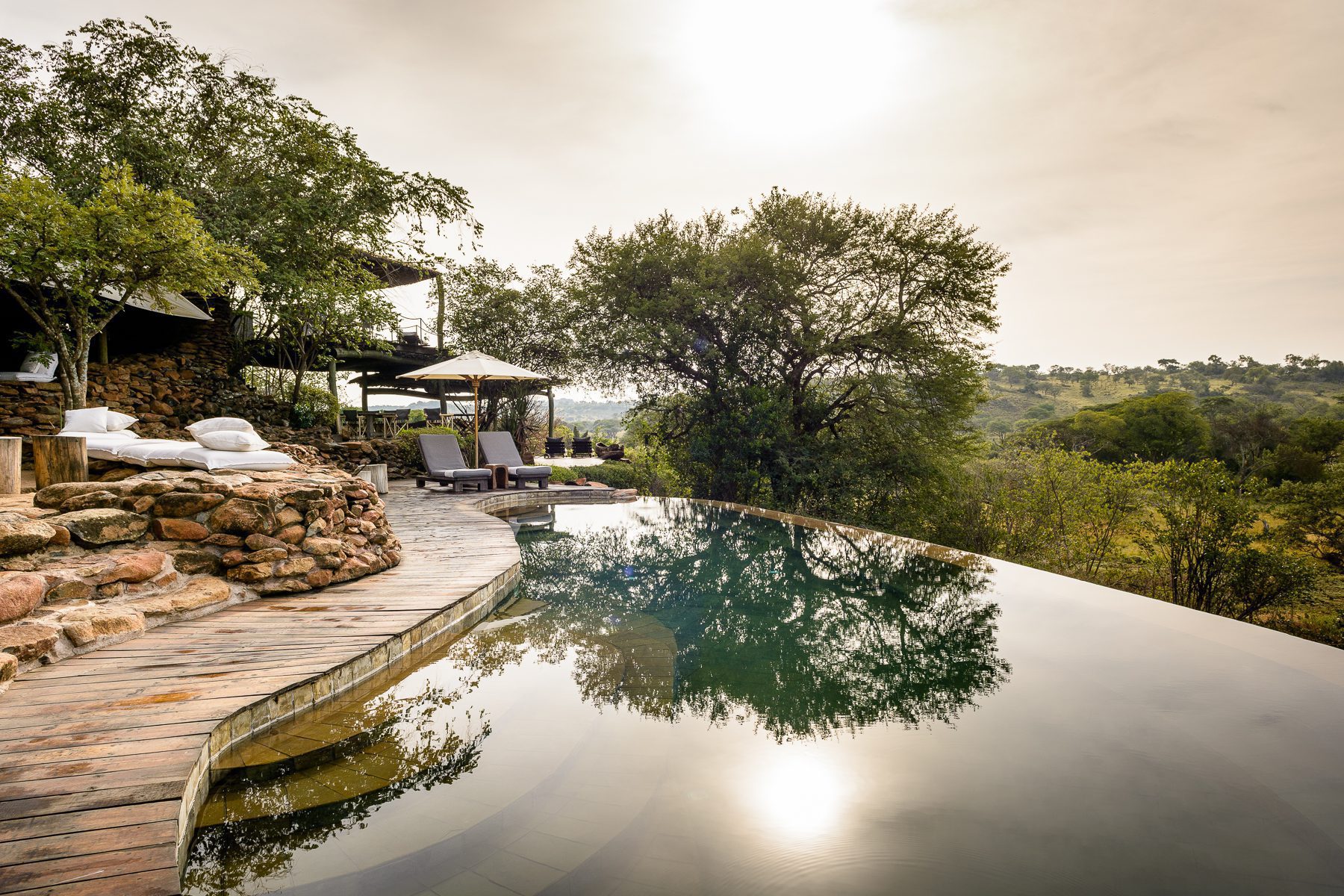
July: Tanzania, The Northern Serengeti
– Sayari, in the Serengeti’s Northern Corridor is perfectly placed for migration viewing in July. The tented camp has 15 spacious guest tents that blend perfectly into the landscape.

July, August and September: Kenya
During the first few months, we highly encourage staying in one of the private conservancies on the western side of the park. Mara North is out first choice as you avoid other tourist and can do game drives and walking. It is beautiful and you really feel remote from other people.
– Elephant Pepper Camp, situated right on the Northern Edge of the Maasai Mara reserve this 8-tented bush camp, is tucked away in a prime wildlife area. Surrounded by the Mara’s ubiquitous game, it’s a seasonal camp, which is taken down for a month or so
in the rainy seasons.
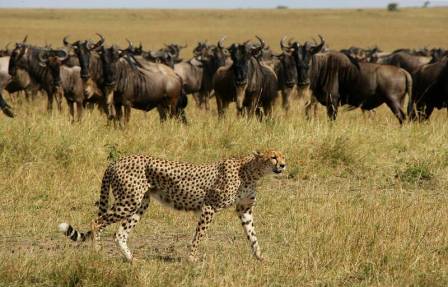
– Saruni Mara, is a luxurious and intimate lodge with accommodation for 12 guests in six spectacular cottages in a remote valley in a conservation area bordering the Maasai Mara National Reserve. This is ideal for people who do not feel comfortable staying in a tented Camp.
– Serian Camp, is a traditional bush camp located in the heart of the Mara and is the research base for the Mara Predator Project. This is definitely one of our favorite Camps. We love the location on the water and the bohemian chic décor.
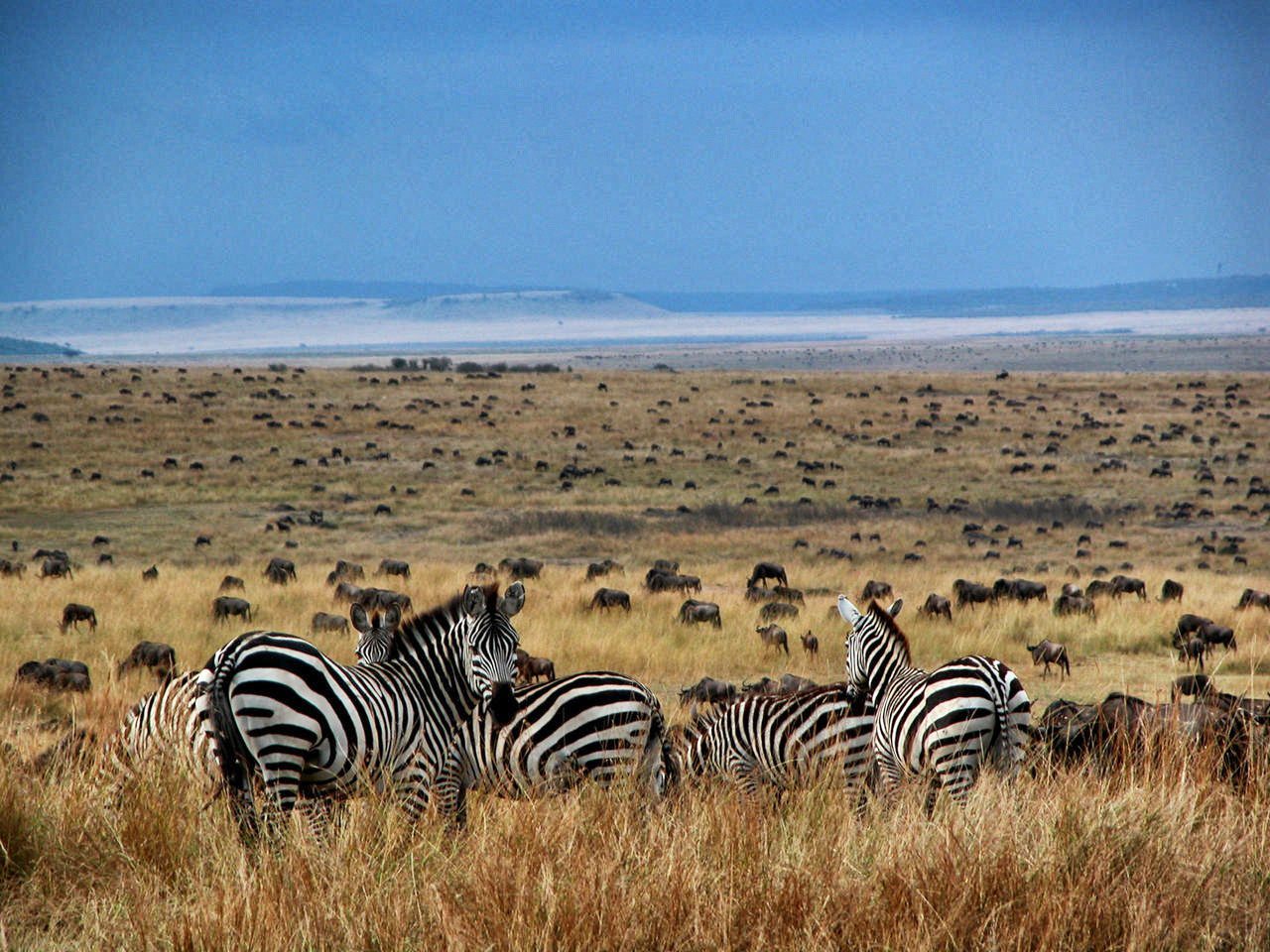
– Mara Plains, Mara Plains Camp borders the Maasai Mara National Reserve’s northern boundary, allowing guests the privilege of game-viewing both in the Maasai Mara and in the Conservancy, away from the crowds and mini-buses. This six-roomed camp is constructed under canvas on raised decks with amazing views stretching over the surrounding savanna.
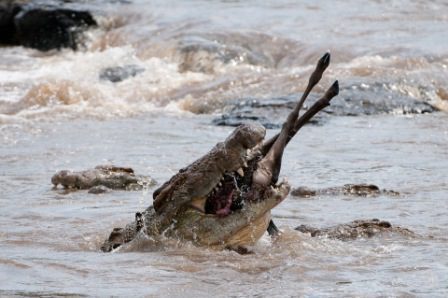
August and September: Kenya
– Naibor, located in the Maasai Mara, a beautiful setting overlooking a bend in the river with lots of hippo. The camp has a total of 7 tents. Each tent is a private unit complete with shady verandah and are carefully positioned amongst the trees so that each can enjoy the surrounding woodland in complete privacy. Each tent has bucket showers, solar lights and excellent beds. The tents and mess are very attractive with very modern furniture and the camp is in thick bush/forest so it feels very wild.
– Nkorombo, Serian’s Mobile Camp in Kenya guests experience the migration of Wildebeest and Zebra as they cross the Mara River. The camp is ideally located but can be crowded so it’s nice to do 2 nights at Serian and 2 nights at Nkorombo in the heart of the migration.
September: Maasai Mara in Kenya and Northern Corridor of the Serengeti
– Cottars is a 1920’s camp experience returns to the original spirit and essence of ‘safari’, reminiscent of a golden bygone era, an
era of romance, adventure and elegance. This is definitely a gorgeous camp. We however only recommend in September or you may find yourself surrounded by cattle not wildebeest.

– Sala’s Camp, is nestled in an indigenous forest on the border between Kenya and Tanzia with views into the Northern Corridor, the route taken by millions wildebeest.
October: Tanzania
– Klein’s Camp: The camp is in an ideal location for viewing the migration from Late July to October. If your guests are looking for a more luxurious setting (instead of a mobile camp) this is the place. Since it is slightly outside the game reserve you have the freedom to participate in activities otherwise not allowed in the park such as night drives and walks. Click here for more information:
– Migration Camp is situated in the Northern Serengeti, this luxurious tented camp overlooks the Grumeti River, offering prime viewing of the migratory route.

Mobile Camps
There are also semi-mobile camps which are a great way to make sure you are perfectly situated to see the migration. These camps shift location every 3-4 months, moving north within Tanzania to follow the migration. All the mobile camps follow a similar route so what really sets them apart is the level of accommodation. Click here for more information about these mobile camps.
For more information email [email protected]
Plan your Trip
Ready to start planning your own incredible adventure? We make the process stress-free and enjoyable.

